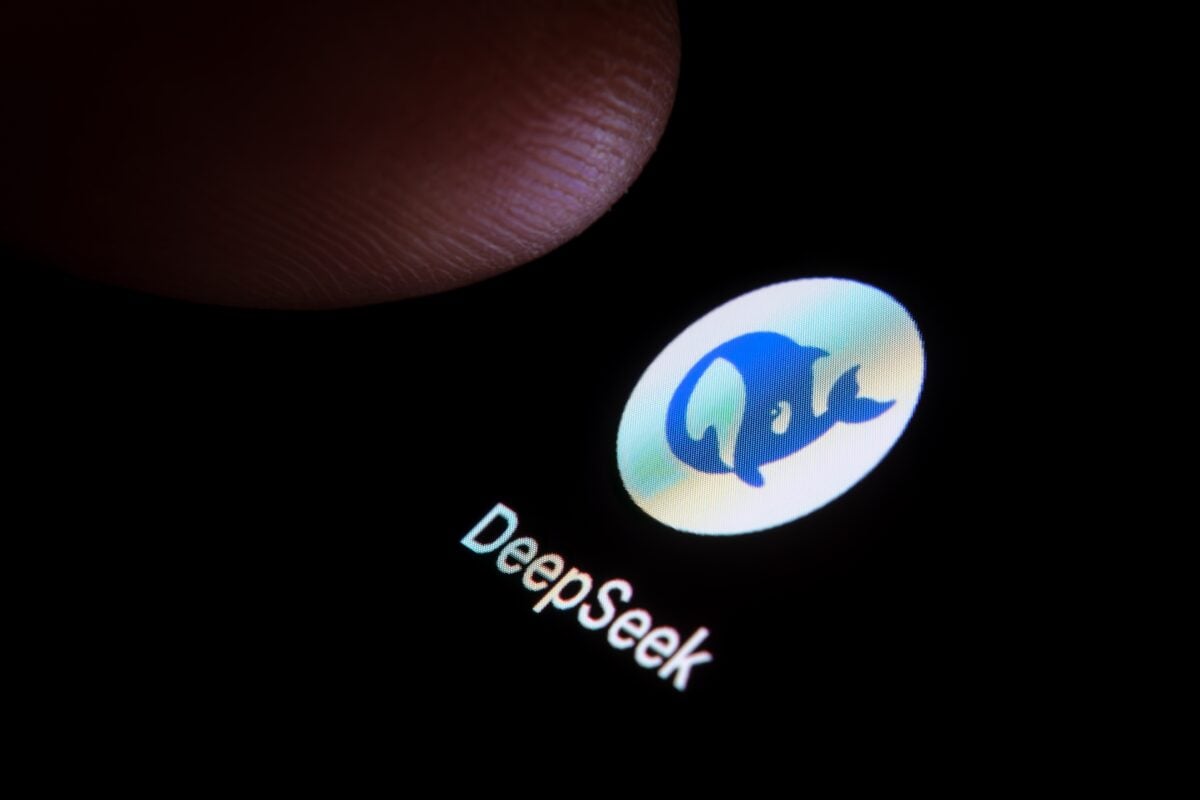TLDRs;
Contents
- China’s 2017 AI strategy is delivering results, with over 100 new models like DeepSeek expected in the next 18 months, signaling a major shift in the global AI race.
- DeepSeek’s success shows that powerful AI models can be built at a fraction of the cost, disrupting traditional industry economics and challenging US dominance.
- US export controls have done little to slow China’s AI momentum, as local firms find alternative ways to innovate and scale despite chip restrictions.
- China is moving toward more reasoning-focused AI systems, marking a new phase in AI development that emphasizes accuracy, logic, and practical applications.
China’s ambition to lead the world in artificial intelligence is starting to show tangible results. Zhu Min, former deputy governor of the People’s Bank of China, has projected that over 100 AI models akin to DeepSeek could be developed in the next 18 months.
His remarks, delivered at the World Economic Forum in Tianjin on Tuesday, underscore the scale of momentum behind the country’s AI sector. Far from a spontaneous boom, this is the outcome of a deliberate government plan launched in 2017, aimed at positioning China as the global AI leader by 2030.
The “New Generation AI Development Plan,” rolled out by the State Council in July 2017, laid the foundation for what is now a multi-tiered innovation ecosystem. Major tech players like Tencent, Alibaba, and Baidu have played central roles in this effort, while provincial governments have poured billions into AI parks and R&D centers.
DeepSeek Shows the Shift Toward Cost-Efficient AI
One of the most striking examples of this strategy in action is DeepSeek, a low-cost, high-performance AI model launched in January. The model gained immediate attention for challenging assumptions about the high capital required to build powerful AI systems. A recent upgrade, the R1-0528, has further closed the performance gap between Chinese and US models. With improvements in creative writing, math reasoning, and summarization accuracy, it has made DeepSeek a competitive threat to giants like OpenAI and Google.
The cost efficiency is also drawing notice. DeepSeek’s R3 model was trained in just two months for under $6 million, a fraction of the cost incurred by leading US labs. This price-performance breakthrough is forcing incumbents to adjust pricing models and explore smaller, more efficient alternatives. OpenAI and Google have already responded by rolling out budget versions of their models.
Export Controls Struggle to Halt Momentum
US efforts to slow China’s progress through export restrictions on high-end AI chips have not delivered the expected results. DeepSeek’s emergence, and the broader forecast of over 100 new models, indicates that the gap between US and Chinese AI capabilities may be narrowing faster than anticipated. Chinese firms are leveraging alternative strategies, from architectural optimizations to locally developed chips, to sidestep these constraints.
Despite the limitations in compute infrastructure compared to the US, China has compensated with aggressive government investment. Over the past decade, around $200 billion has been funneled into AI development nationwide. The country’s focus on self-reliance and state-backed research contrasts with the US model, which leans heavily on private investment and academic collaboration.
The Future of AI is Reasoning-Centric and Global
DeepSeek’s R1 upgrade represents a turning point in AI development, emphasizing reasoning over mere pattern recognition. Its enhanced accuracy in handling logical tasks, role-playing scenarios, and educational applications reflects a broader industry shift toward more interpretable and trustworthy AI systems.
As these models multiply, China is positioning itself not just as a fast follower but as a genuine innovator. The race is no longer only about model size or data quantity, but also about transparency, affordability, and real-world impact. The next 18 months could mark a pivotal moment in global AI leadership, driven by a plan eight years in the making.


